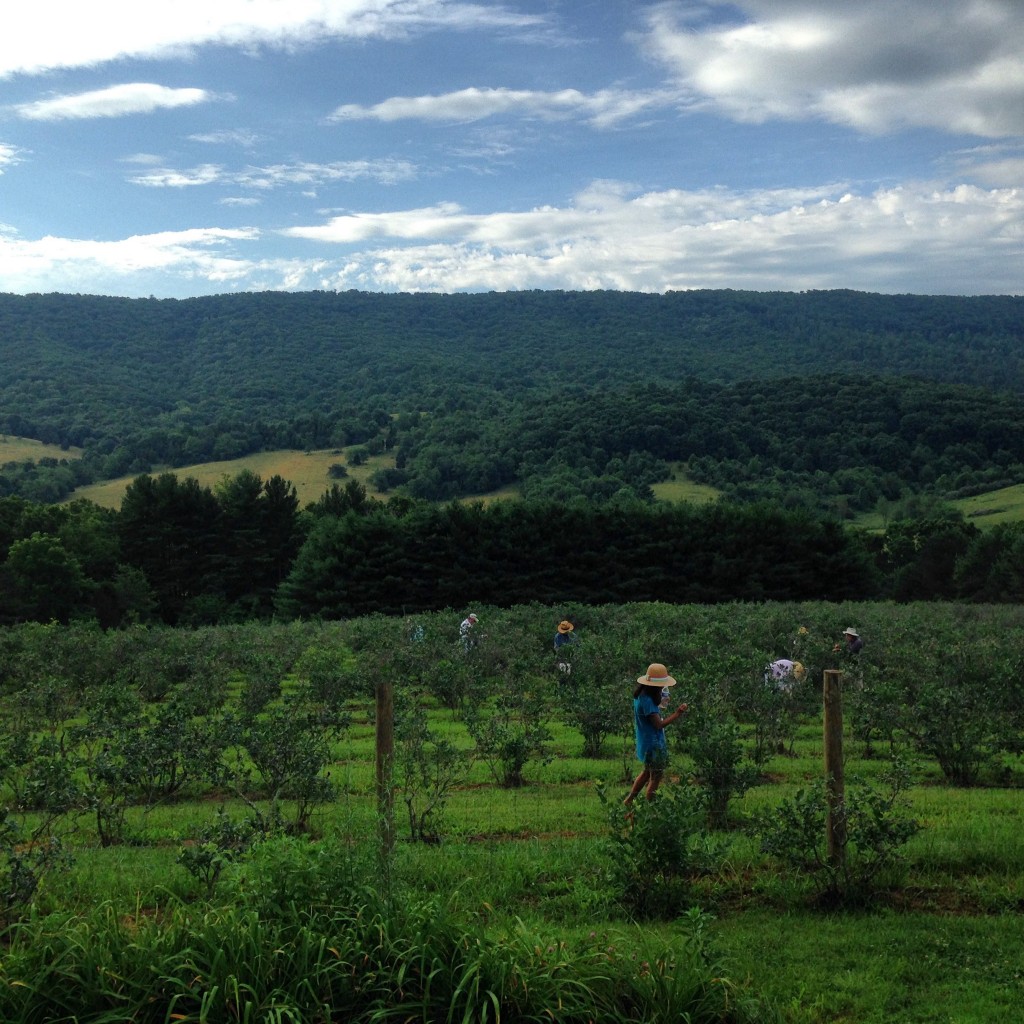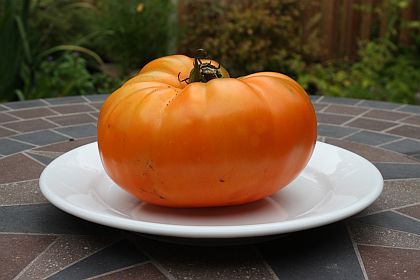We just finished up with our 8th season of welcoming you-pickers to our back yard, which happens to include three acres of northern highbush blueberries. This has been an interesting venture – helps pay for our farm, obviously, but also presents an opportunity to connect with the “general public” outside of academia [that probably wouldn’t happen otherwise, considering we are both introverts]. Ninety-nine-point-nine percent of the folks that take the trouble to come to a you-pick are fabulous, functional human beings. We are very, very grateful for their patronage, especially since blueberries from Canada are on sale for $1.50/pint at the grocery store and take 5 seconds to plop in your cart. We do, as you might expect, get some interesting questions and comments, and the “OMG! Nature!” thing has come up a few times.
Here’s a selection of our [reasonably patient] responses to not-so-frequently-asked questions and comments that occur while handing out buckets and ringing up sales:
- “No, we don’t have to plant them every year like potatoes. They are perennial shrubs.”
- “The berries do indeed taste better if they are blue. Green and pink, not so much.”
- “No, I cannot weigh you before and after picking to tell how many you’ve eaten in the field. Ha, ha, I’ve not heard that one before.”
- “I’m sorry you saw a Japanese beetle.”
- “Alas, we do not provide Wi-Fi out in the field.”
- “I can’t go pick for you while you watch the sales stand. Sorry.”
- “I know the picking season started one week earlier than last year, even though you were on vacation. It’s kind of a weather thing.”
- “Nope, there will not be more berries ‘appearing’ later. This is sort of a one-shot deal, they flower in the spring, and that’s what you see here.”
- “Yes, there may be some bees around. It’s a farm. We have bees. The name of our business is Bee Berry Farm.”
- “No, we cannot put a net over three acres.” (People are very concerned as to how we are not overwhelmed with deer, birds, bears, etc.)
- “I’m so sorry your child was stung while poking a stick in a yellow jacket’s nest.” (indeed very scary for all of us involved…especially the poor little guy with the stick.)
- “We do not apply chemicals other than water and fertilizer. Pardon? Yes, water is a chemical.”
- “Unfortunately, you cannot make your own bushes by planting these blueberries. And no, I’m not familiar with that website.”
- “No ma’am, I do not know who placed excess zucchini in your unlocked car.”
Other observations made and behaviors noted:
- Small children are usually not excited about roaming through a hot sunny field at 11:30 a.m. Though we salute the parents who think this might be a good experience for them.
- Please do not send said hot and annoyed children to stand unattended under the sales tent, staring at the proprietor.
- You would be amazed at how sound travels across a hillside; other pickers may or may not want to hear exactly what you think of your mother-in-law.
- Please don’t park IN our perennial border.
- It’s not fun to find a dirty diaper hiding in the bushes.

